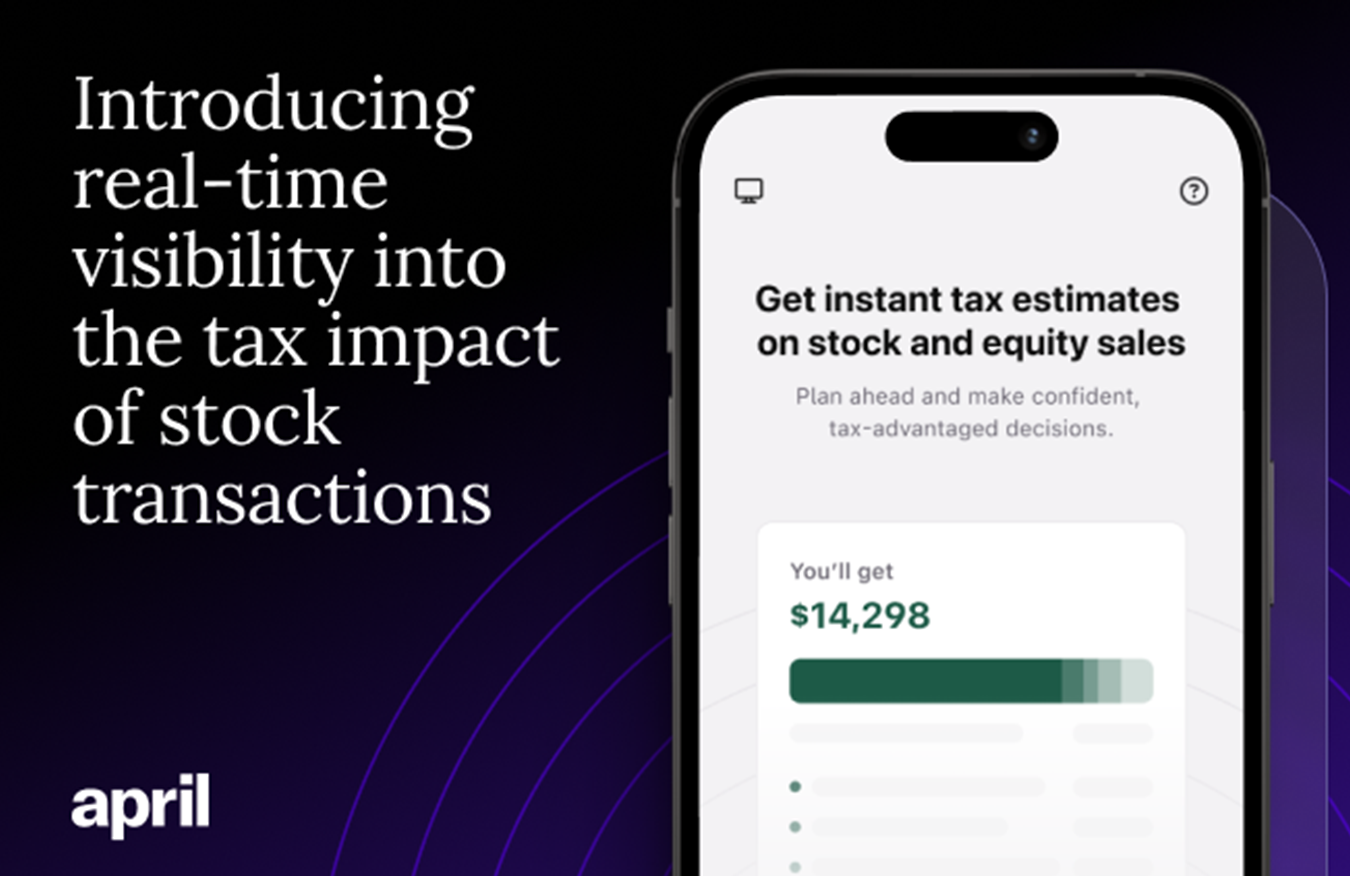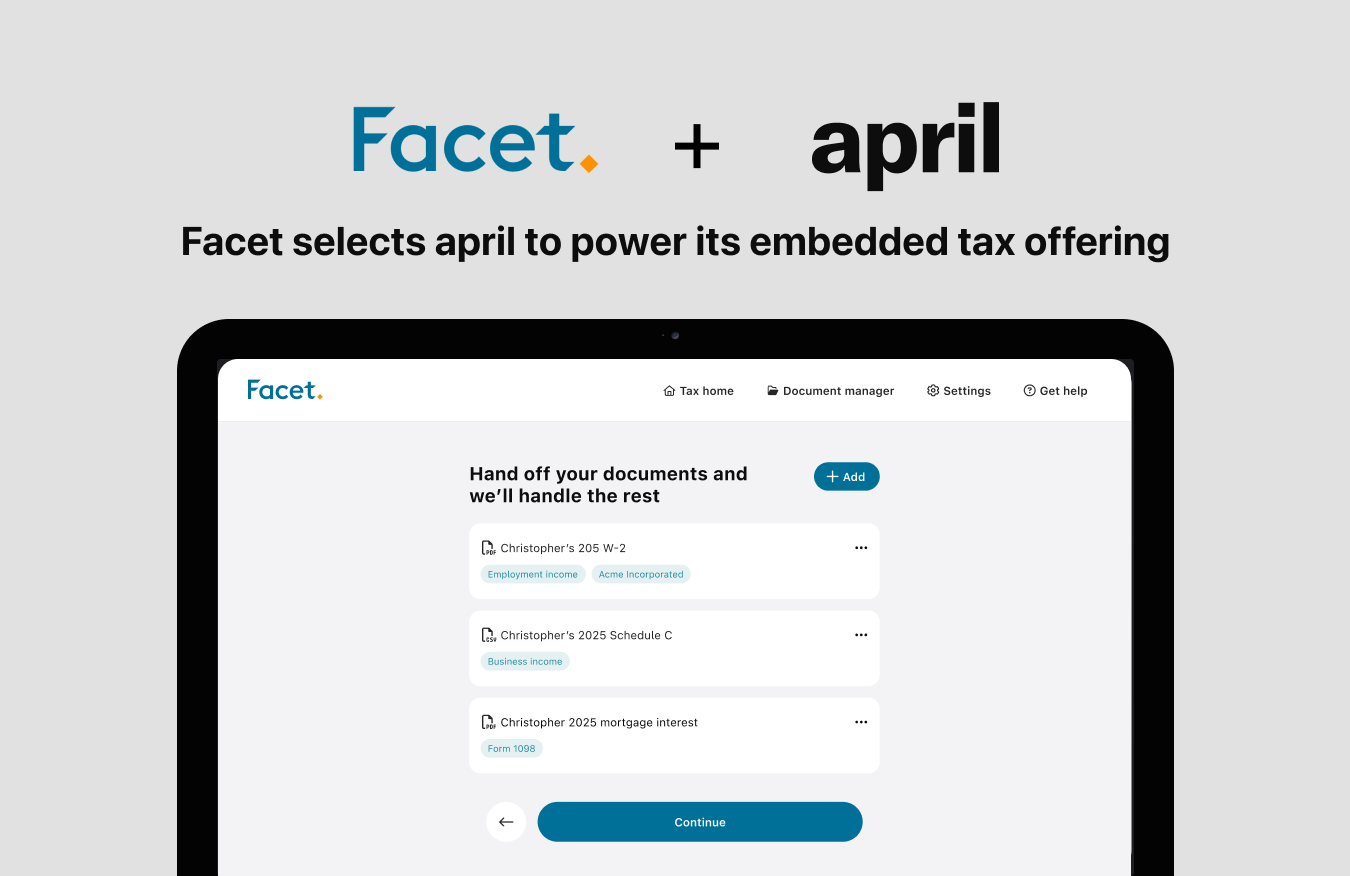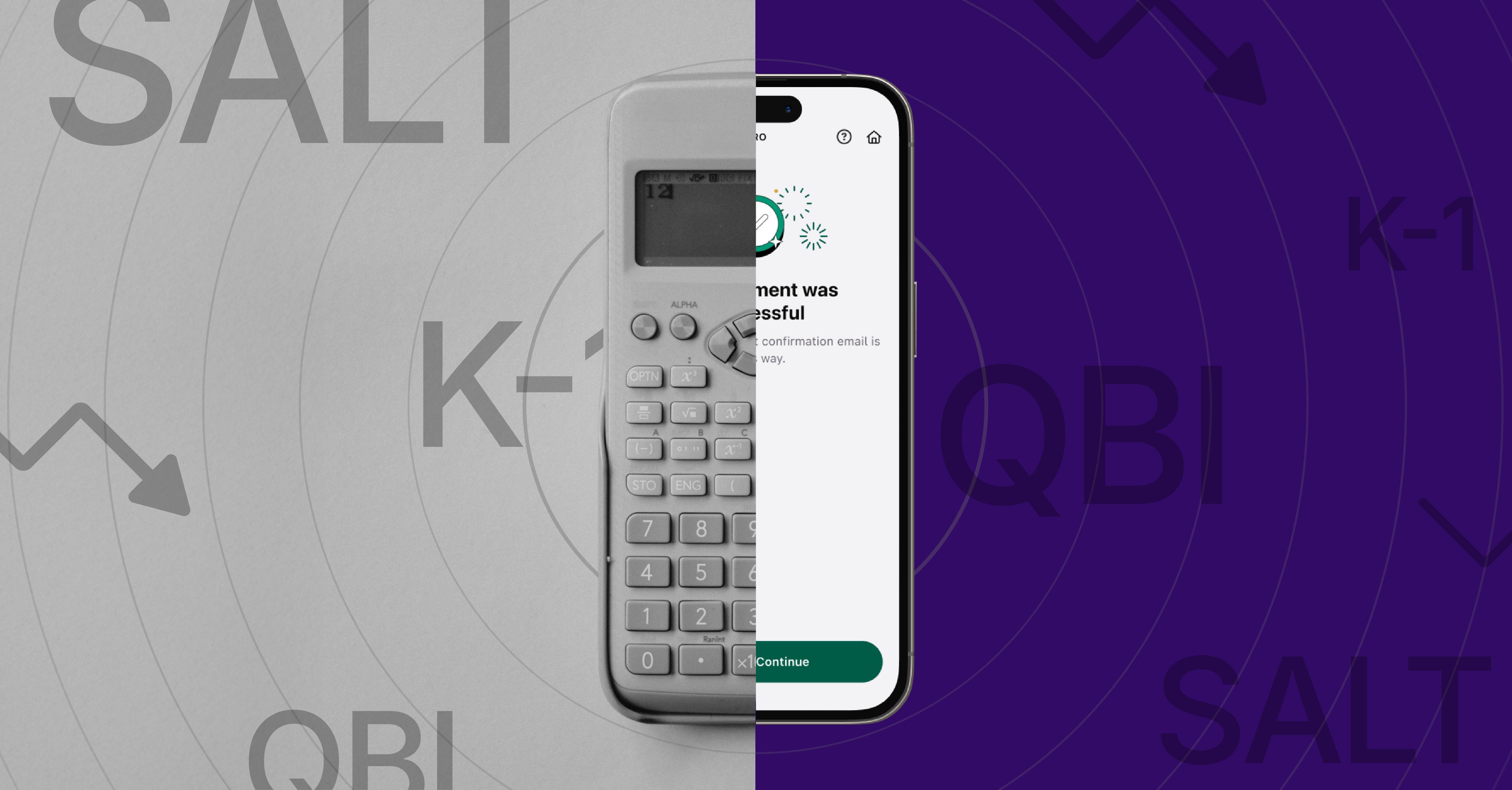Pill Text
Pill Text
Pill Text
Pill Text

The 2022 tax filing season is officially open, and the TL;DR is that some people may get a smaller refund this year. In 2021, the American Rescue Plan (ARP) delivered immediate relief to families and workers impacted by COVID-19. Congress made changes to increase the Child Tax Credit (CTC), the Earned Income Credit, and the Child and Dependent Care Tax Credit (CDCC), which caused some taxpayers to see up to a 50% increase in their refund last year.
While the ARP expanded who received support, low to mid-income families were the primary beneficiaries of these temporary changes in 2021. However, the criteria to receive these credits are reverting to pre-pandemic standards, and it’s important to have a realistic expectation of how much money people can expect to receive in their tax refunds this year.
TL;DR
- If you didn’t earn any income this year, you’re not going to be eligible for any of these three credits.
- If your adjusted gross income (AGI) exceeds $400,000 on a joint return or $200,000 on a single or head-of-household you may qualify for some of these credits, but at a reduced amount.
- If you have children you’re going to get a smaller refund than last year. The amount that people will receive for the Child Tax Credit and the Child and Dependent Care Credit has decreased by over 50%.
- If you paid money in childcare, you’re entitled to a range of credit based on how many children you have and how much money you make. You can get between 20–35% of $3,000 for one child or $6,000 for two or more children.
- If you’re under 25 or over 65, you no longer qualify for the earned income credit. Last year it was available for people 19 and up, but this year the earned income credit is only for people between the ages of 25 and 65.
Let’s dive a bit deeper…
If you didn’t earn any income this year, you’re not going to be eligible for any of these three credits. Since a lot of people were without jobs during the pandemic, Congress made concessions to people who lost their jobs or were unable to find work. Now that unemployment is at a relatively low level, earning some form of income is a requirement to receive the CTC, CDCC, or Earned Income Credit.
If you’re a high earner and made more than $400,000 on a joint filing or $200,000 on a single or head-of-household filing, you may receive credits at a reduced amount. Your CTC and CDCC will be reduced by $50 for every $1,000 your income exceeds the aforementioned limits.
Who Are Qualifying Children?
To be eligible for the CTC and CDCC you need to have a qualifying child — let’s first define who is considered a qualifying child in the eyes of the IRS:
To be considered a qualifying child they must:
- Live at the same address as the person filing for at least half a year.
- Be an immediate descendant of the filing adult, legally adopted, foster child, or stepchild. They can also be a half-brother, half-sister, or a descendant of any of those relatives i.e., grandchildren.
- Be financially dependent on the person filing; meaning they paid less than half of their expenses for the year.
- Be claimed as a dependent and can not file their own taxes with the IRS. They may file a joint return only if they earned income and need to report it.
An important thing to note is that only one person can claim a qualifying child (or two parents filing jointly.) Sometimes a child meets the criteria to be a qualifying child for more than one person, but the IRS made TieBreaker Rules to determine who can claim the child.
If you have qualifying children and earned an income, you may qualify for the Child Tax Credit. Under the old 2021 rules, you would still receive the CTC if you didn’t work or earn any income. This was the answer to many people losing their jobs during the pandemic. Now that unemployment rates remain relatively low compared to pandemic numbers, Congress decided to roll back who will qualify for the CTC. In addition, people will no longer receive a monthly advance of their credit; whatever they qualify for will be refunded to them after their spring filing.
The amount that you will receive per child has changed.
- The credit for children under age 6 is decreasing from $3600 to $2000.
- The credit for children between the ages of 6 and 17 is decreasing from $3000 to $2000.
Did you have childcare expenses for your qualifying child?
The Child and Dependent Care Credit (CDCC) is a tax credit to help families with expenses relating to child care or other dependents, making it easier for people to get the support they need to work or look for work. However this year, the Child and Dependent Care Credit is another credit that is no longer fully refundable, meaning you must have an income to receive the credit.
- If you have one child, you can receive 20–35% of $3,000 as long as your Adjusted Gross Income (AGI) doesn’t exceed $400,000 as a joint return or $200,000 on a single or head-of-household filer.
- If you have two or more children, you can receive 20–35% of $6,000 as long as your AGI doesn’t exceed $400,000 as a joint return or $200,000 on a single or head-of-household filer.
If you want to know what percentage of the credit you will receive, check out the chart below.

Are you under 25 or over 65?
If so, you no longer qualify for the earned income credit. The Earned Income Credit (EIC) helps low to moderate-income workers and families by providing a credit that can reduce their tax bill and possibly increase their tax refund. To qualify for this credit, you must have earned income less than $59,187 for the year. Additionally, taxpayers with investment income over $10,300 will not be eligible for the EIC. The max credit is reduced in 2022 in only one category; people without children will now receive a max credit of $560 instead of $1,502.
Check out the table below to see the 2022 eligibility requirements and credits available.
This content is provided for informational purposes only and should not be construed as tax, legal, financial, or other professional advice. Rules and regulations vary by location and are subject to change, so please consult with an expert if you need specific advice.
Related Content
Related Content
Related Content
Related Content
There's more where this came from











